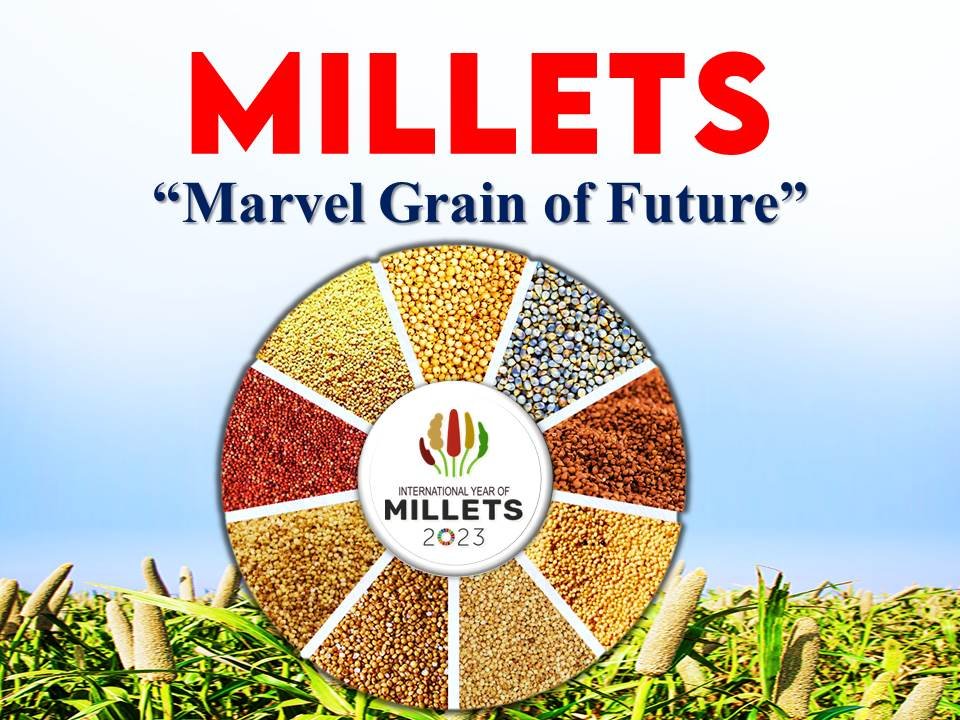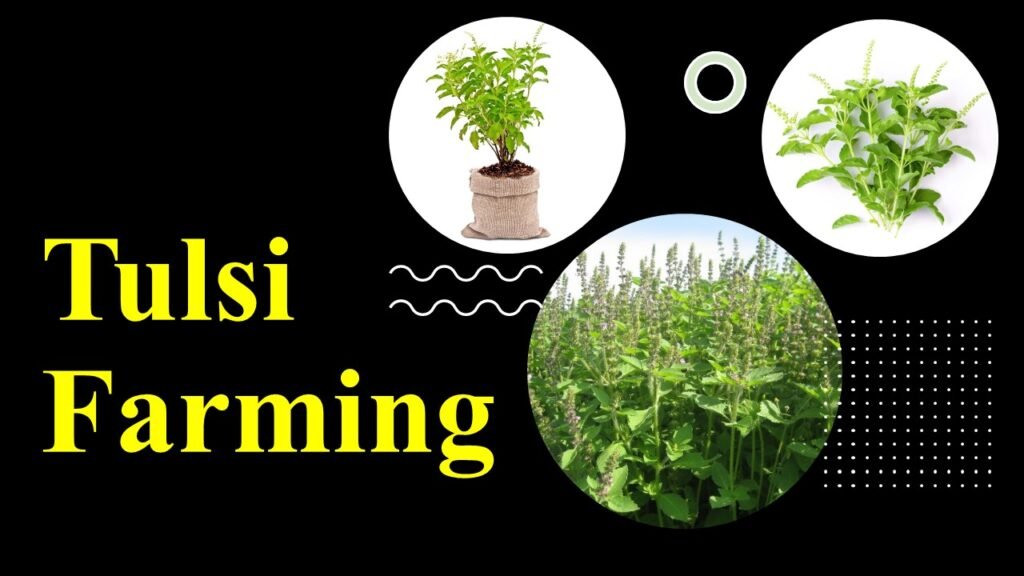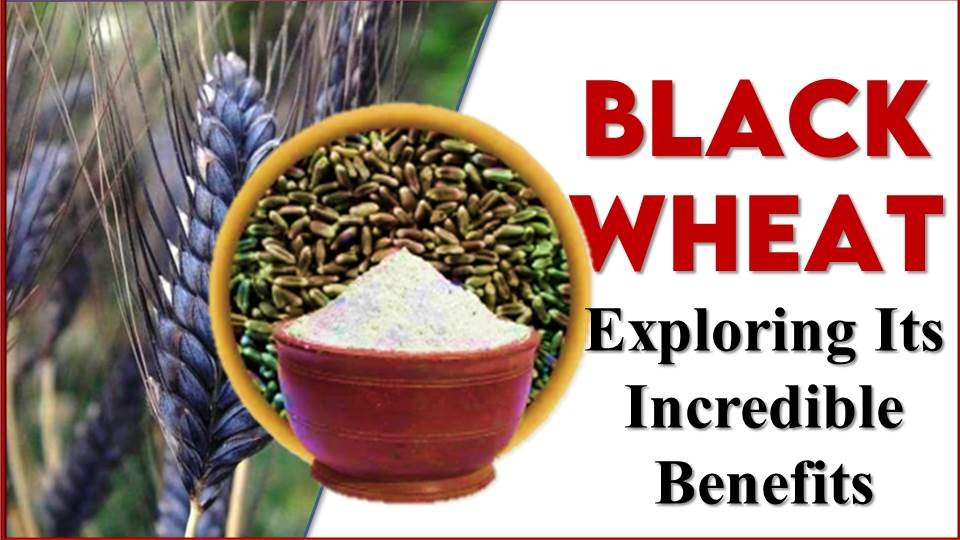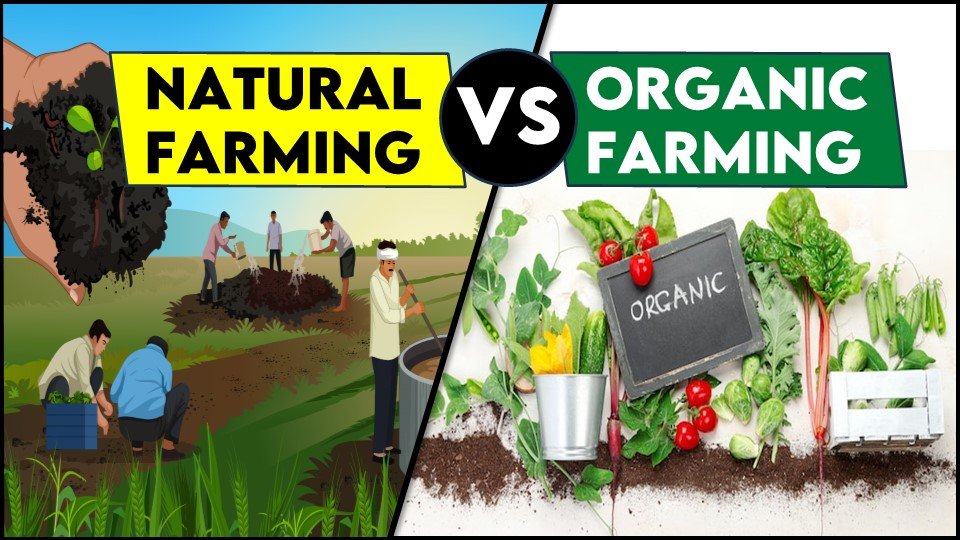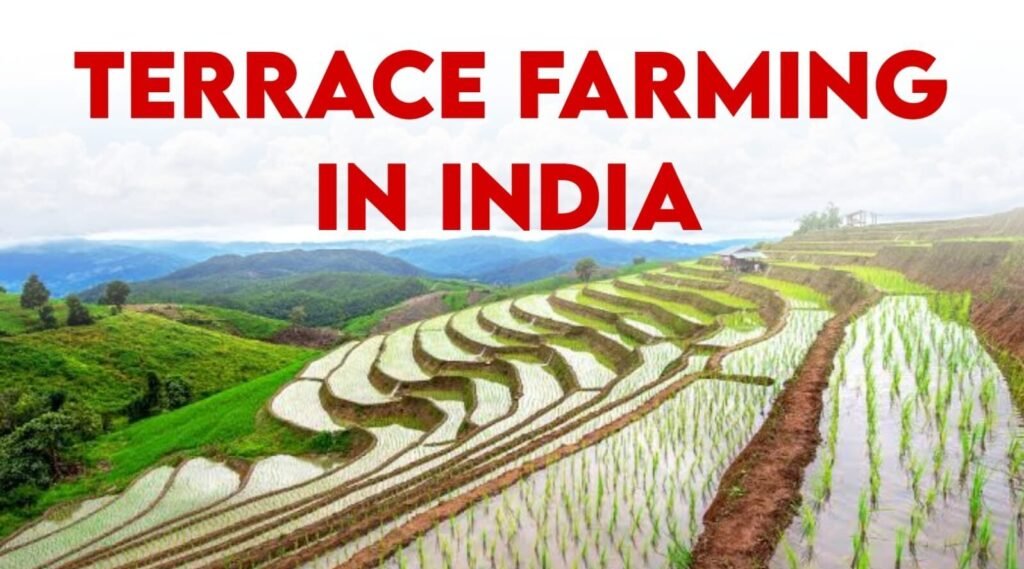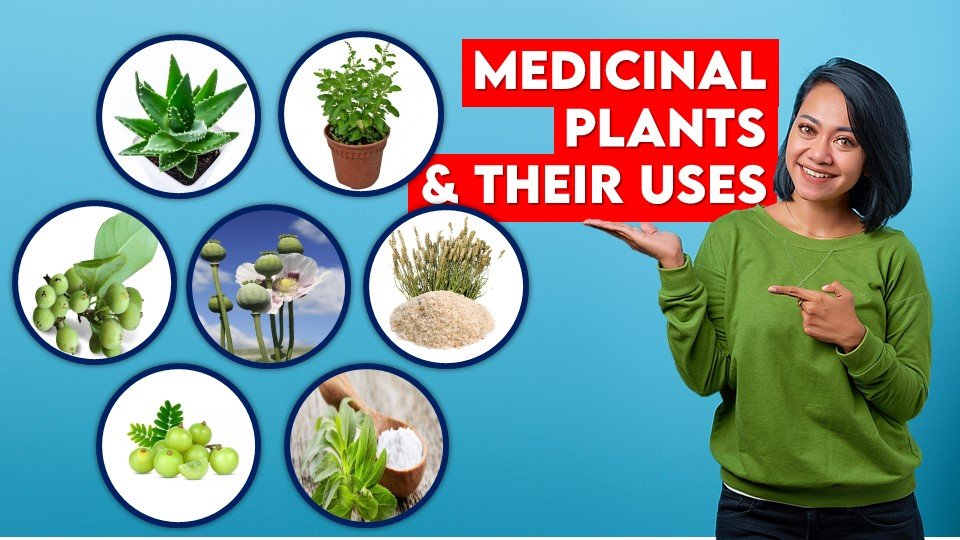Drip Irrigation In Rice: When people listen to this word “Rice Drip Irrigation” most of the people think that is it possible? and some of them assumes that it wouldn’t happen. Drip irrigation is not only possible in horticultural crops, it is also possible in Rice. Continuous irrigation from natural resources such as fresh rain water sustain the expansion of rice plant in paddy irrigation fields, this is often an important a part of cereal agriculture for lowland rice with in the flood plains of tropical region. Continuous irrigation by artificial water of land is the major challenge for upland rice in North India, where precipitation is low and dependence on nutrients dissolved in soil moisture.
Due to water scarcity, Rice cultivation is becoming unaffordable and unpredictable in many areas across the world. The use of best irrigation method for rice – Drip irrigation in rice combined with fertigation has a benefit for rice production. At one side the water consumption is reduced to a great extent when we use drip and at the same time under non-stress situation paddy respond with higher yields. Using Drip irrigation Rice with 50 to 60 lakh litres of water in 1 ha, around 5 to 6.5 tonnes of rice was produced, This was more effective than existing rice irrigation methods. Demand for rice is expected to rise 25% by 2050 and there is 30 to 40% deficit of underground water.
In order to meet the demand of rice production and conserve ground water resources for future we have to go for precision water management which is achieved by Micro rice irrigation system. Drip irrigation of rice shows impressive results, doubling water productivity, and “getting more grain for every drop”
Adopt to Drip: Why the delay?
For production of 1 kg rice requires 3000 to 5000 litres of water. Of all countries in the world, India has the largest area under rice cultivation. This crop constitutes 40 to 45% total food grain output of India. And this crop is traditionally cultivated by flooding and consumes 85% of water used in agriculture. Rice is the most staple food consumed by half of the population in our country but it cultivation uses 30 to 40% of world fresh water resources.
In India rice is grown from Kashmir to Kanyakumari and Amritsar to Nagaland. According to Agriculture at a glance (2020 – 2021) Irrigation methods for rice in India is grown in area with 45.07 Mha, with 122.27 million tonnes production and with average productivity 2.7 tonnes / ha. Rice is grown under 62.7% under irrigation and remaining area is under rainfed. Punjab ranks first in productivity followed by Tamil Nadu.
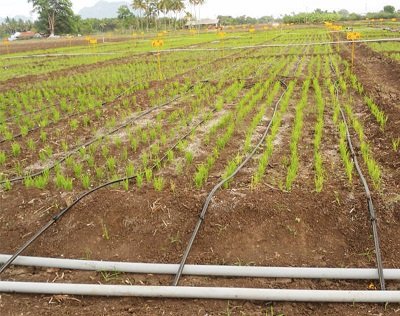
Read More:
- Cultivating Greener Tomorrow: TBOF’s Success in Sustainable Agriculture
- What is Black Wheat? Exploring Its Incredible Benefits
The production of rice is highest in kharif season than rabi, because high area under cultivation of paddy in kharif than rabi season. This variation is due to unavailability of enough water in rabi season. As we know that the water requirement of growing paddy is more. And nearly 70 to 80 % of the rainfall is contributed by south west monsoon which fall on kharif season. So, in order to increase production and area under drip irrigation in rice cultivation in rabi season we have to take step towards precision water management, which is achieved by micro drip irrigation in rice.
Drip Irrigation in Rice: A New Generation to Rice Agriculture
Drip irrigation system is introduced from Israel. Drip irrigation is the latest method of irrigation which is becoming popular in water scarcity and salt affected areas. This system is precise and allows slow application of water, In this method water is used very economically. Drip irrigation allows water to plants directly to the root zone through pipes. It saves 70% of water and increases yield up to 30% than conventional cultivation of paddy.
In transplanted rice most of the water is required at the time of land preparation (Puddling) And it also a time consuming process. Where as Directed seeded rice doesn’t require that much of water at land preparation. The methods like SRI (System of Rice Intensification) which permits proper spacing and DSR (Direct seeded rice) in combination with drip irrigation increase water use efficiency. Drip system maintain the soil always at field capacity level which results in higher or equal yield than standing water situations.
Drip irrigation in Rice allows precise amount of water to crop root zone. There is a huge loss of Nitrogen in paddy fields in the form of leaching, Denitrification, voltaliation. etc due to flooding, By using drip we can reduce the Nitrogen loss in paddy fields thus by we can increase Nitrogen use efficiency. Drip irrigation in rice makes the application of fertilizes easier and it allows the nutrients directly to the crop root zone with out any losses. Continuous flooding in the case of drip irrigation for paddy fields are the responsible for 10 % of global methane emission, where as Rice Drip irrigation reduces methane emissions up to 0%. When paddy is continuously submerged condition there is a chance of consumption of heavy metals by plant and Increase the arsenic in the crop which may hazardous to human health when consumed.
Also Read:
- Rise Hydroponics: An Agri-Tech Startup Earning Millions
- 25 Profitable Agriculture Business Ideas with low investment
Advantages of Adoption of Drip Irrigation for rice:
- Grow more with less water
- 70 to 80 % water saving.
- Reduces methane emission.
- Reduce weed growth.
- Decreases cost of cultivation.
- Increases Water use efficiency.
- Reduces fertilizer losses.
- Reduce Arsenic uptake up to 90%.
- To increase the more area under cultivation of paddy in rabi season than kharif season which may results in ultimate production.
- Fertigation is the technique of application of fertilizers along with drip irrigation system which helps in not only increasing fertilizer use efficiency but also helps in saving of fertilizers.
The success story of Mr. Parthasarathy
Mr. Parthasarathy is a farmer from Tirupur district, Tamilnadu. He received “Innovative Rice Farmer Award” For his contribution by use of drip irrigation system in his paddy field. He reported yield in his field was 6 t/ha. He experienced 15 to 20 % improvement in yield with water saving of 30 to 40% through Drip irrigation in rice system.
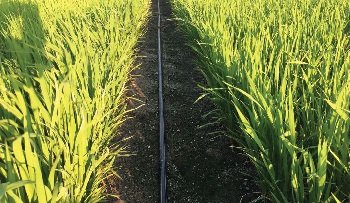
Read More:
Conclusion
Many people assumed that paddy can be cultivated by only long term stagnant water but this assumption can be overcome by best irrigation system for rice. The drip irrigation method for rice has assured to sustain the productivity under water scarcity conditions. Precise water management is crucial not only to address to handle the growing water inadequacy , however it also helps to break the yield paradigm barrier through best weed management and correct nutrient delivery to the plants.
Considering its several advantages by drip irrigation for rice could also be the “need of the hour”, however its implementation poses a few important challenges like capital cost of drip irrigation in rice system, which is cannot afford by marginal farmers, lack of awareness among farmers to adopt this technology.
This Post is written by Ms. Upasana Sahoo, Assistant professor, Department of Agronomy, Centurion University of technology and management
Latest Post
- Shree Anna | Millets Map of India
- Government Schemes for Farmers: Top 10 Authentic Sources
- Earn up to 3 lakhs in 3 months through Tulsi Farming
- Dragon Fruit Farming: By B.Tech Farmer | Dragon Fruit Success Story
- No. 1 Carbon Credit Market: Legendary Kuldeep Singh Cheema
- How makhana is made | Latest Makhana farming in India
- Hydroponic Mushrooms – Amazing Soilless Mushroom Cultivation
- What is Black Wheat? Explaining their Benefits
- Natural Farming VS Organic Farming: 100% Complete Comparison
- 6 Most Important Types of Mushroom in India: Growth and Uses
- Terrace Farming in India: Comprehensive Guide for 2024
- Top 15 Medicinal Plants and Their Uses



